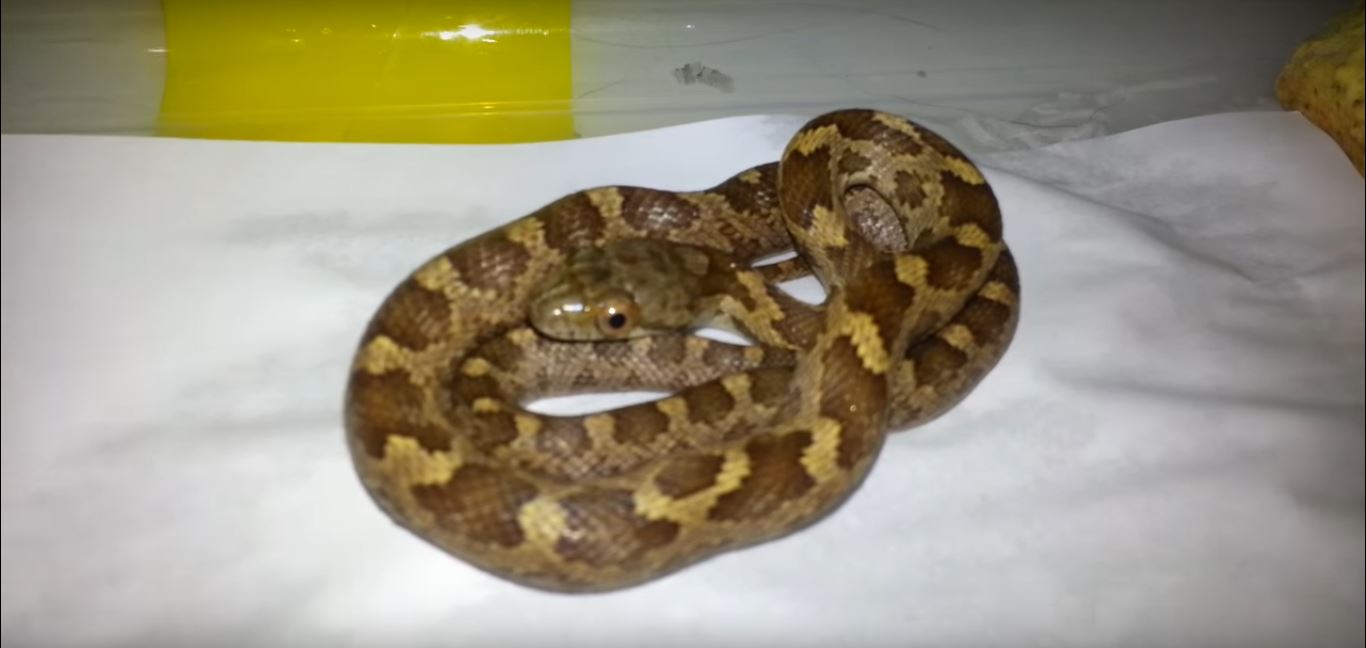The Yellow Rat Snake
Appearance
The Yellow rat snake is normally greenish in color, with some tints of yellow or orange,
and there are usually some four dark stripes running through the entire length of the body
of the Jackson snake. The baby snakes look much different from adult snakes because the colour
variations are not as prominent in baby snakes unlike the adult Mississippi snakes.

Biology
This Mississippi snake can extend up to 10 feet in length, though they are non-venomous, but some studies
have indicated some species having small doses of venom.
Lifecycle
The lifecycle of the Yellow rat snake can be shorter than the life cycles of other snake species as
they are found to live between 18 and 36 months. The young ones are prone to attack from predators,
thus less than 50% of them survive the first few months after birth.
Habitat
The Mississippi yellow rat snake is mostly found in Northern hemisphere and most especially in the coastal region
of the United States. The population is most predominant around the Savannah river in the state of
Carolina, United States. The Jackson snake also prefers habitats such as thick forests, swamps, flood plains,
and Timbered hills. They can also be found in some abandoned buildings, farm houses and sheds.
Diet
As the name suggests, the yellow rat snake predominantly feeds on rats, other foods commonly fed on by the
snake include; mice, and small birds. The snake also prefers the tree frogs. The diet can be wide range,
and the snake can swallow large prey. When found in the wild, the snake consumes squirrels , rats, and the
eggs of birds.
Behaviour
These Mississippi snakes are good swimmers and when not in water, they can hang on oak trees searching for preys. The
snakes are mostly active during the dusk or night, but they sometimes hang out during the day, this will
depend on their locations. The species found in the south are more aggressive than those found in the North
of the USA. The snake is fond of moving into a curved position especially when sleeping or frightened. The
snake seem to be more aggressive when feeding. It is ideal to avoid this Jackson snake, especially during the spring
time when it prefers to breed.
Visit our Jackson wildlife removal home page to learn more about us.

